 ABERDEENSHIRE, SCOTLAND—According to a statement released by the University of Southampton, the site of a monastery where a tenth-century manuscript was written has been identified in northeastern Scotland. Known as the Book of Deer, the manuscript is believed to be the oldest-surviving example of Gaelic writing. The book is thought to have been created at the Monastery of Deer, which was abandoned when the monks moved to nearby Deer Abbey. A team led by archaeologists Ali Cameron of Cameron Archaeology and Alice Jaspars of the University of Southampton, which also included students and local volunteers, explored an area near the site of Deer Abbey. Charcoal found in traces of the earliest structures at the site were radiocarbon dated to the early medieval period. The researchers also uncovered a stylus; medieval pottery and glass fragments; and boards for hnefatafl, a game similar to chess. To read about a monastery on Scotland's island of Iona, go to "Fit for a Saint."
ABERDEENSHIRE, SCOTLAND—According to a statement released by the University of Southampton, the site of a monastery where a tenth-century manuscript was written has been identified in northeastern Scotland. Known as the Book of Deer, the manuscript is believed to be the oldest-surviving example of Gaelic writing. The book is thought to have been created at the Monastery of Deer, which was abandoned when the monks moved to nearby Deer Abbey. A team led by archaeologists Ali Cameron of Cameron Archaeology and Alice Jaspars of the University of Southampton, which also included students and local volunteers, explored an area near the site of Deer Abbey. Charcoal found in traces of the earliest structures at the site were radiocarbon dated to the early medieval period. The researchers also uncovered a stylus; medieval pottery and glass fragments; and boards for hnefatafl, a game similar to chess. To read about a monastery on Scotland's island of Iona, go to "Fit for a Saint."
Home of the “Book of Deer” Identified in Scotland
News November 18, 2023

Recommended Articles
Features May/June 2022
Secrets of Scotland's Viking Age Hoard
A massive cache of Viking silver and Anglo-Saxon heirlooms reveals the complex political landscape of ninth-century Britain

Digs & Discoveries July/August 2023
Bog Togs
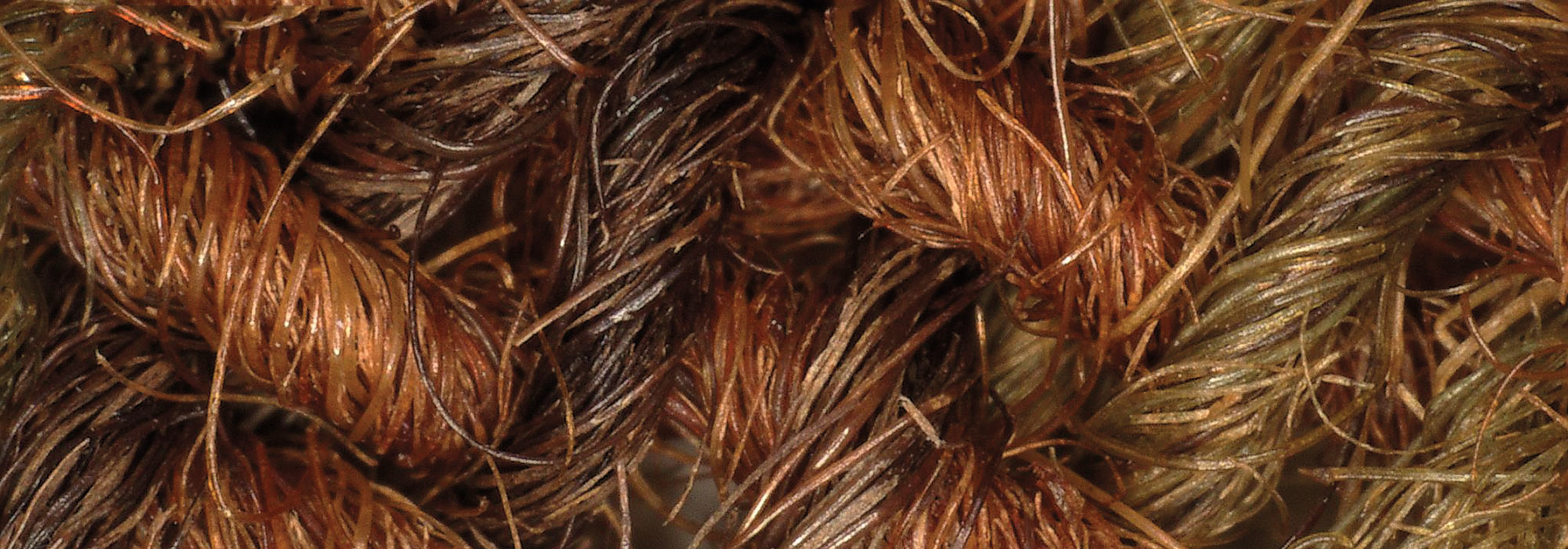
Digs & Discoveries January/February 2023
Storming the Castle
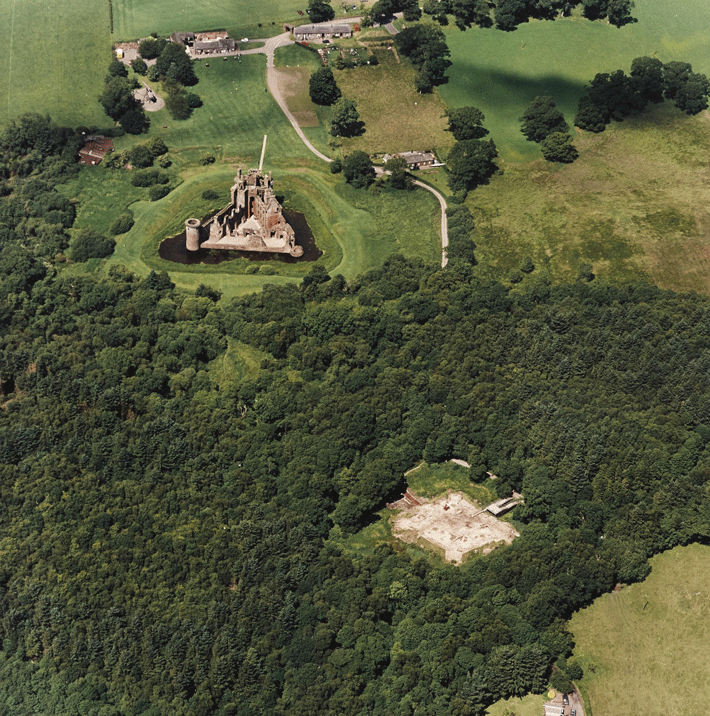
Digs & Discoveries September/October 2022
Pictish Pictograms
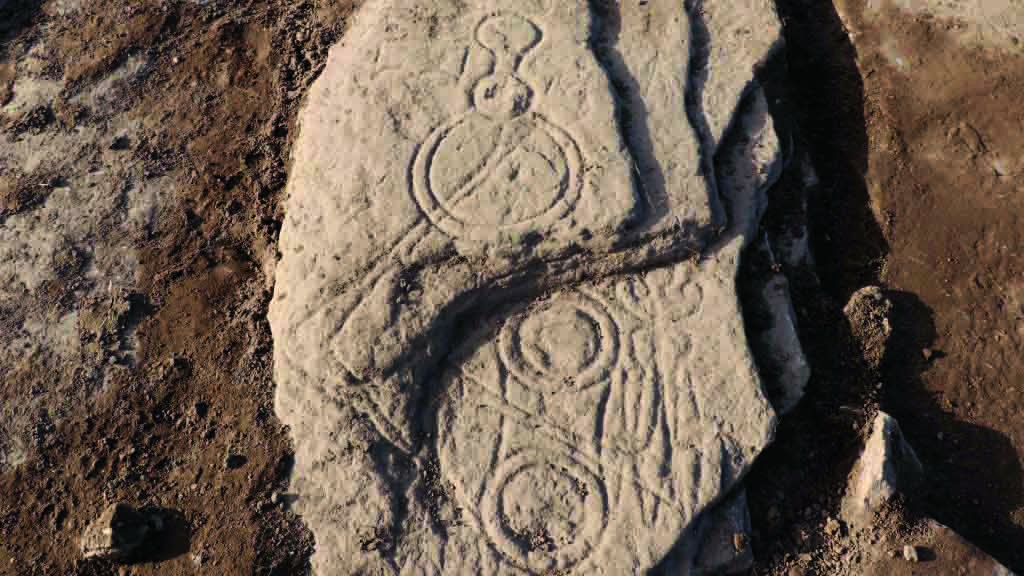
-
Features September/October 2023
Ukraine's Lost Capital
In 1708, Peter the Great destroyed Baturyn, a bastion of Cossack independence and culture
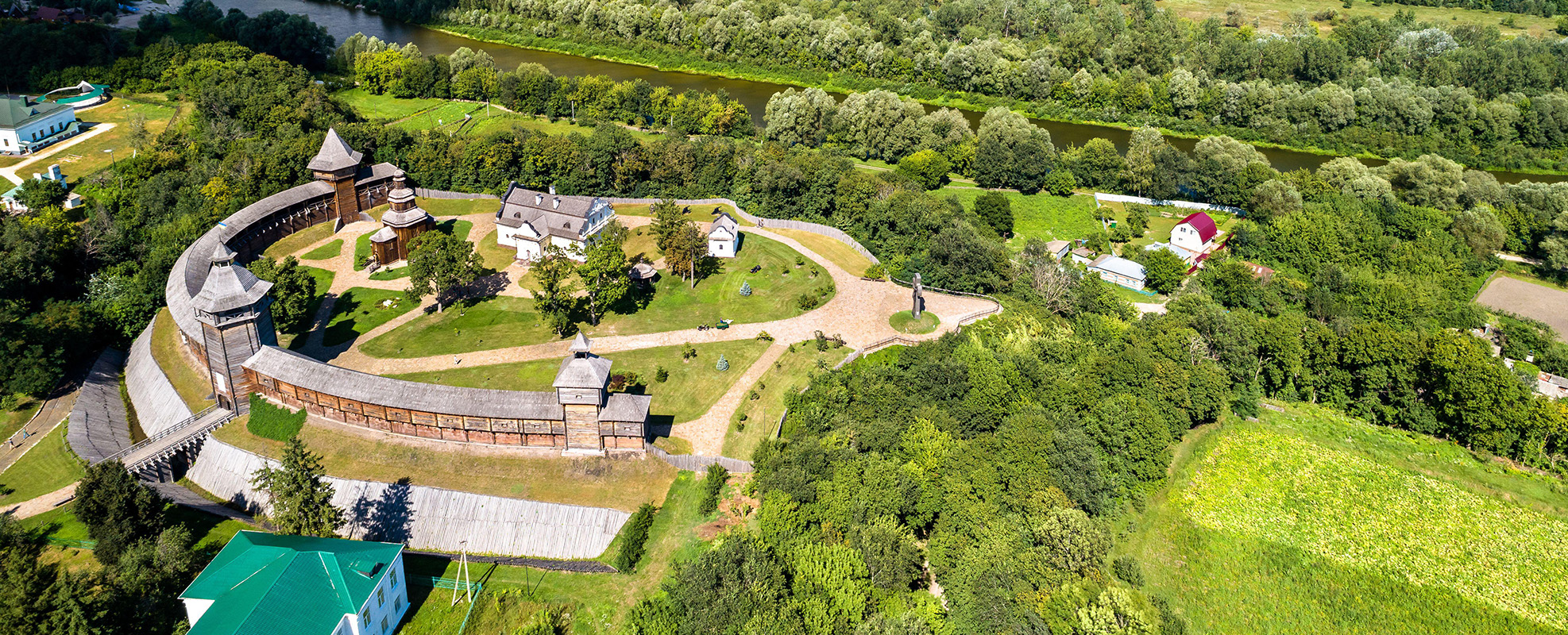 (Leonid Andronov/Alamy Stock Photo)
(Leonid Andronov/Alamy Stock Photo) -
Letter from Vesuvius September/October 2023
Digging on the Dark Side of the Volcano
Survivors of the infamous disaster rebuilt their lives on the ashes of the a.d. 79 eruption
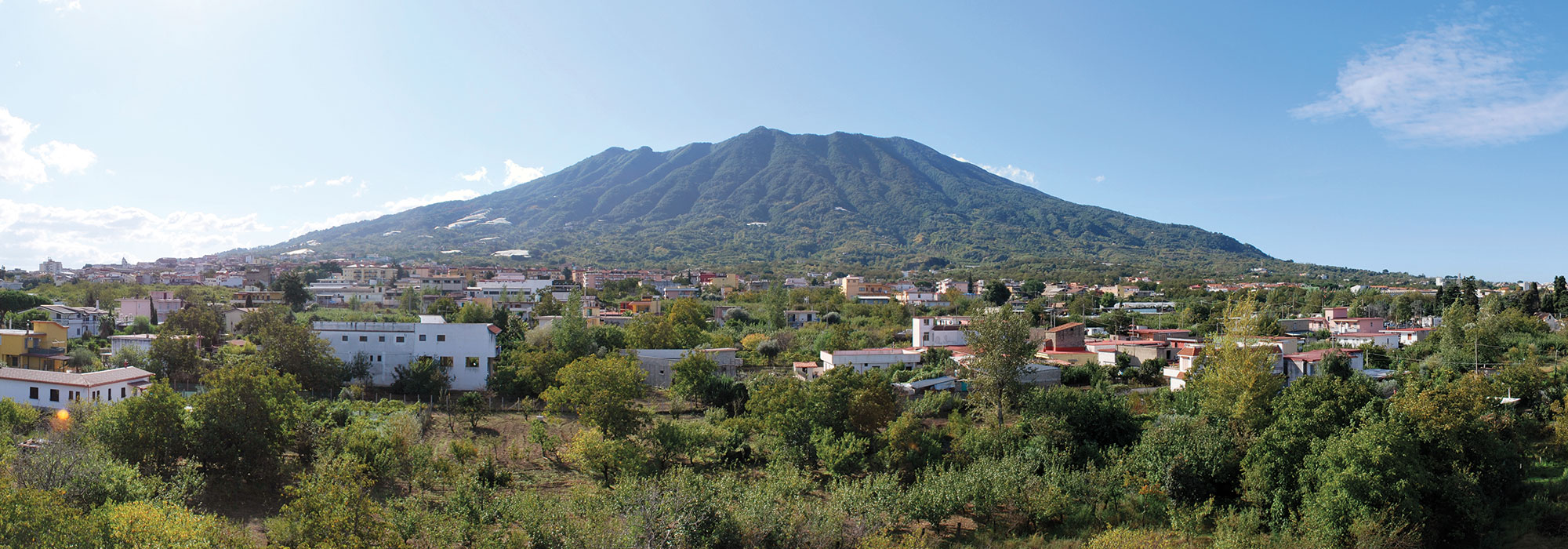 (Courtesy Girolamo Ferdinando De Simone)
(Courtesy Girolamo Ferdinando De Simone) -
Artifacts September/October 2023
Padlock
 (Courtesy James Davidson)
(Courtesy James Davidson) -
Digs & Discoveries September/October 2023
Nose to Tail
 (Lisa See collection. The Huntington Library, San Marino, California)
(Lisa See collection. The Huntington Library, San Marino, California)


